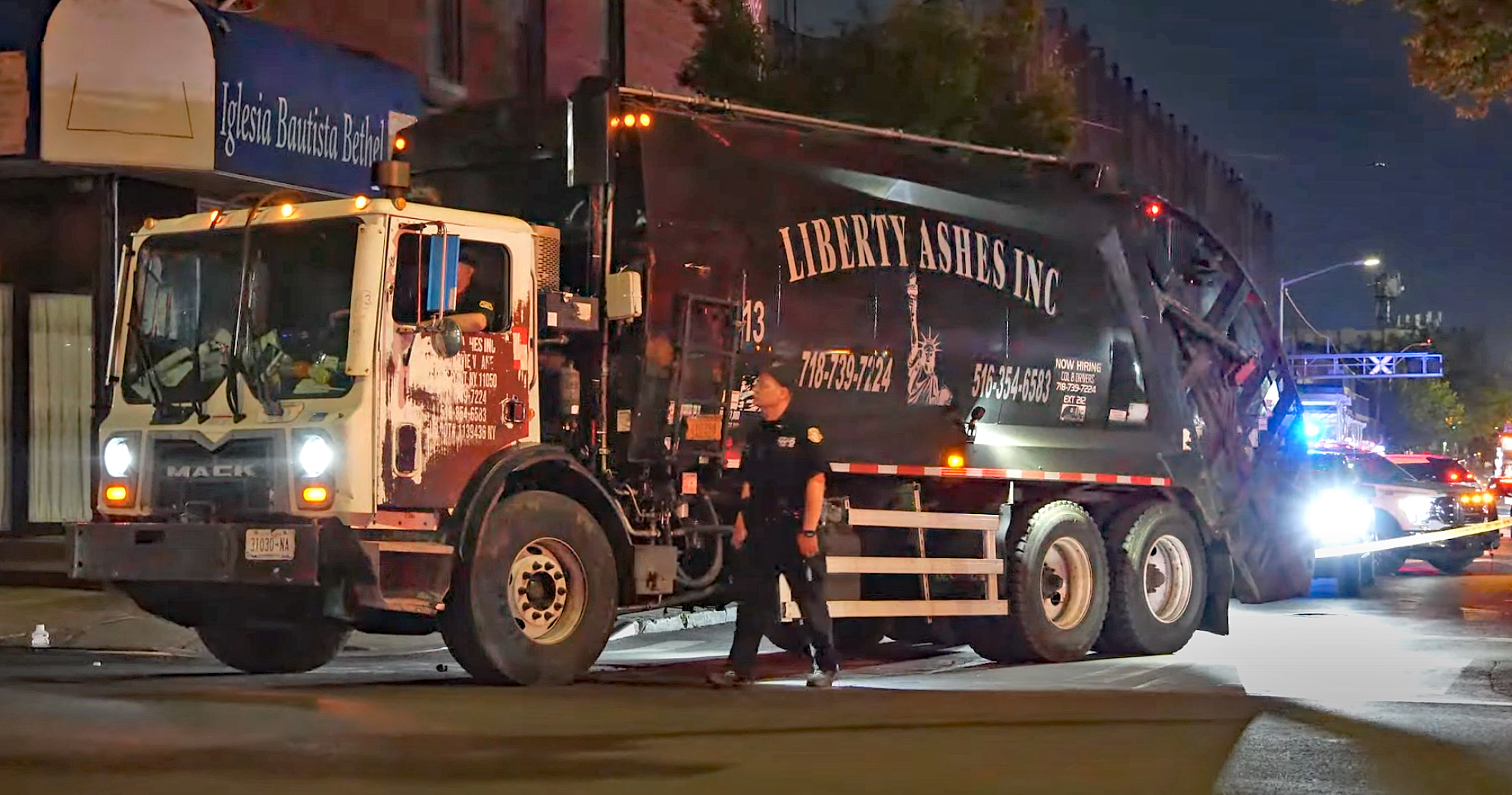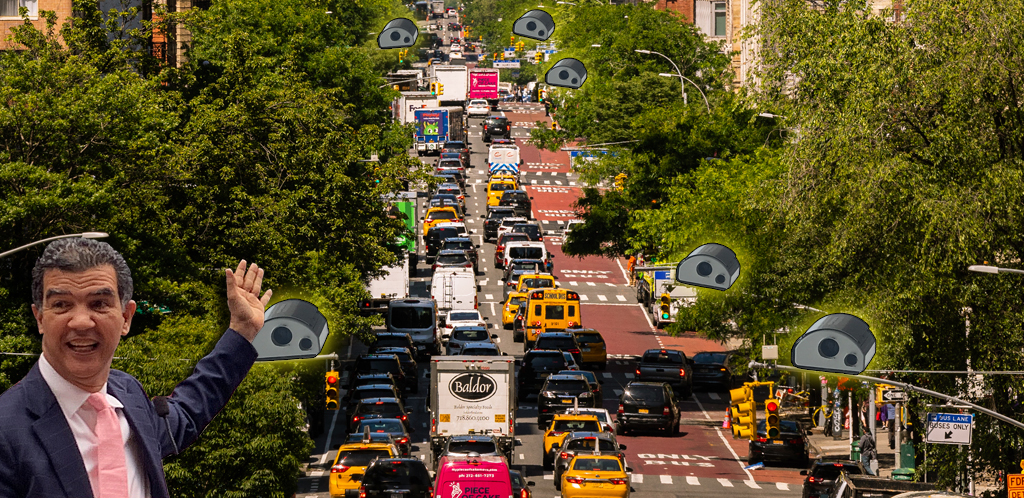They lord over empty parking lots in Hazard, Kentucky; Twinsburg, Ohio; and Lewiston, Washington like the ruins of a lost civilization. Vacant Walmart stores are slowly decomposing in more and more American towns these days. More than 100 of them have been memorialized as part of the group Flickr pool known smugly as “They Sold for Less.”

Another one bites the dust. A vacant Walmart in Lewiston, Washington. Photo: Flickr/Happy Vampire
These empty husks — yet to be filled by any other retail tenant — are part of the detritus left behind by a paradigm shift in the real estate industry. Signs of the changing times, they tell us what kind of society we were before the bubble burst.
Now, as the commercial real estate industry regroups, evidence is mounting that Walmart and other mega-retailers will take a much different form than they have in the past. The new American shopping experience, according to many industry observers, will be less “suburban big-box” and more “urban destination.”
The demise of several mega-retail chains during the recession, including Circuit City and Linens ‘n Things, helped produce a vast oversupply of retail space, particularly that of the giant, boxy, just-off-the-interstate variety. Last summer, the research arm of giant commercial real estate firm Colliers International reported that there was nearly 300 million square feet of vacant big box retail space on the market — 34 percent of total retail vacancy left behind by a recession that walloped commercial real estate almost as hard as housing.
Since 2008 alone, 120 million square feet of big box retail space has become available. To put such numbers in perspective, that is the equivalent of the total shopping center space in Cincinnati, Kansas City and Baltimore combined, Colliers reported.
This period of retrenchment has humbled even the once-mightiest of retail forces. CNN reported last month that Walmart stores suffered their ninth-straight quarterly drop in sales. Another sign of the times: Walmart is no longer enough of a bargain for U.S. consumers, it appears. The mega-retailer has been losing market share to dollar stores.
The situation has apparently reached the point where the retail monolith is rethinking its whole carbon-gulping model. Walmart is joining other retailers in thinking smaller and more urban, says Ed McMahon, a fellow at the Urban Land Institute.
“What the recession has made completely clear is that we have way too much retail,” McMahon said. “We are going from the era of the big box to the era of the small box.”
Enter the “Walmart Express.”




